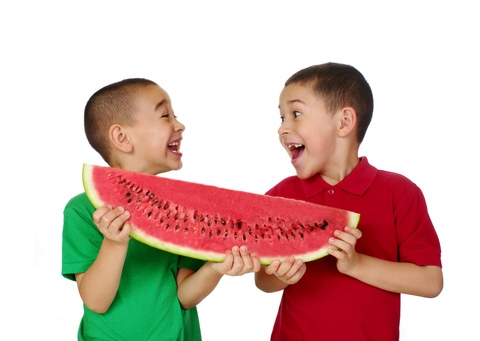Three Signs You May Have Gingivitis
June 29th, 2016

Gingivitis, or inflammation of the gums, is an early stage of gum disease. If you have gingivitis, it’s important to visit Dr. Michelle Slezewski and Dr. Paul Engibous to get proper treatment, since home care isn’t enough to get rid of the plaque that leads to tartar and eventually to gum disease. Monitor yourself to see if you have these signs of gingivitis, and get help as soon as you can to prevent the progression to periodontitis. Your vigilance could save your teeth.
1. You have one or more risk factors.
Having risk factors for gingivitis doesn’t mean that you have or will get the disease, but it does mean that you should be especially watchful. You’re more likely to get gum disease if you have the following risk factors:
- You are a smoker.
- You are a female going through puberty, pregnancy, or menopause.
- You have diabetes.
- You have a compromised immune system, as is the case if you have HIV/AIDS.
- You have a family history of gum disease.
2. You have inflammation in your gums.
Gingivitis is inflammation of the gums, and that is a tell-tale sign of the condition. Gingivitis or periodontitis can involve a bacterial infection, and inflammation is your body’s response to an injury or infection. The four standard signs of inflammation are pain, redness, swelling, and a higher temperature than normal.
If you have inflammation around your teeth, your gum disease may have progressed to the more serious condition of periodontitis. Dr. Michelle Slezewski and Dr. Paul Engibous can evaluate your case using a scope, or small ruler. The ruler is used to measure the pockets around your teeth, with a depth of one to three millimeters being normal.
3. Your teeth seem to be moving around.
Loose teeth are a classic sign of periodontitis. You may also have them if you have gingivitis. They can occur when your gum line recedes, or as the result of having soft bone in your jaw.
You might also notice other signs of your teeth moving around. For example, they may seem to be oddly spaced, or they could be separating from each other. You might also notice that your partial dentures don’t fit properly anymore, even if they’re not that old.
Gingivitis is a very treatable condition, but you need the help of Dr. Michelle Slezewski and Dr. Paul Engibous to keep it in check. Contact our Anchorage, AK office to schedule an exam today!



